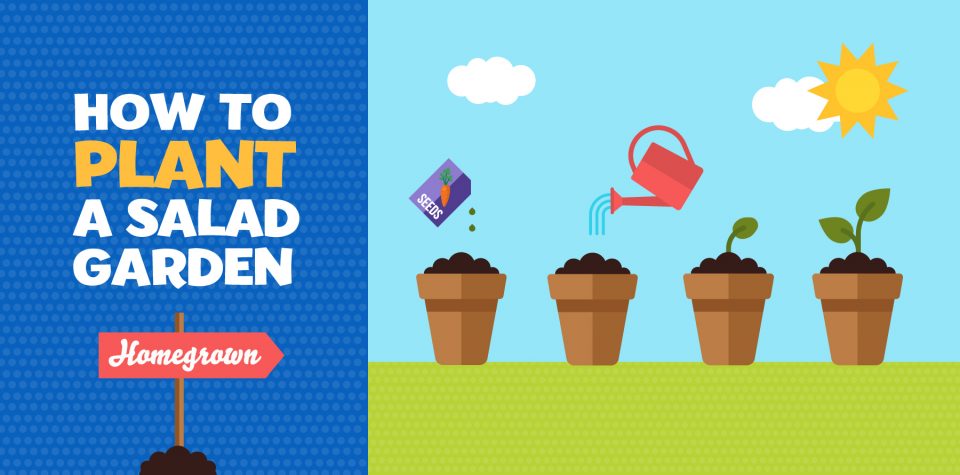
Homegrown: How to Plant a Salad Garden
Fresh, cool, and full of nutrients, summer salads are a great choice for any meal or snack. And just think—what if you could eat a fresh salad, grown from your own backyard? It would taste even better! Read on to learn how you and your kids can plant your own salad garden and enjoy fresh veggies all year long!
Salad gardens are easy to maintain and you don’t need a ton of space to start one. Salad greens are able to grow in small spaces because the majority of greens are shallow rooted and don’t need a deep layer of soil. If you don’t have space to grow a traditional garden, leafy greens grow well in window boxes, plastic containers, planters, or even repurposed furniture.
If your kids love planting and gardening, check out our Early Explorers subscription, which dedicates a whole month to exploring the wonders and science behind plants. Now, let’s get to gardening!
Step one: Prepare a site
If you’re planting in the summer, look for an area with partial shade. Though greens can be grown year round, they grow best in cool weather. Prepare your garden beds by laying down soil and raking the bed even.
Step two: Planting
Choose which plants you want to grow. Some popular garden salad plants include:
- Arugula (30-50 days to harvest)
- Loose-leaf lettuce (40-50 days to harvest)
- Spinach (30-40 days to harvest)
- Carrots (70-80 days to harvest)
- Radishes (20-30 days to harvest)
- Beets (50-60 days to harvest)
- Bell peppers (60-90 days to harvest)
- Tomatoes (40-50 days to harvest)
Sow your seeds or propagations across the garden beds. Make sure they are evenly spaced.
Step three: Water
It is important to keep your soil evenly moist. In general, plants should be watered about three times a week, but it’s a good idea to check on your soil daily. If your soil feels dry about an inch below the surface, that means it needs more water!
Step four: Create a garden map/log
Have the kids draw a map to remember where each crop is planted. Having a visual of the garden layout is also a good way to track growth. The kids can keep a daily log of what they observe in the garden, taking notes on plant growth, how frequently they water the plants, and any other environmental factors.
Step five: Harvest
Harvest your salad greens by cutting them just above the soil line. Many greens are “cut-and-come-again,” meaning that new leaves will sprout from the plant just a few weeks after they are harvested. Many greens will keep producing new leaves until a hard frost or extreme hot weather arrives. As long as their temperature is regulated, you’ll have leafy greens all year!
